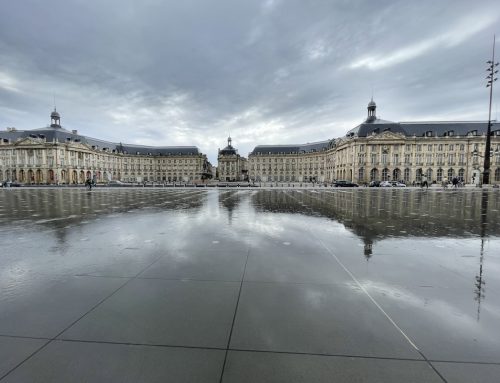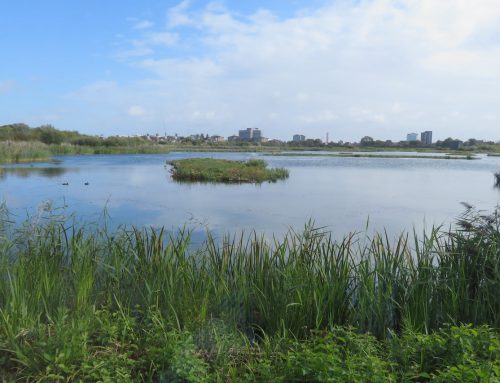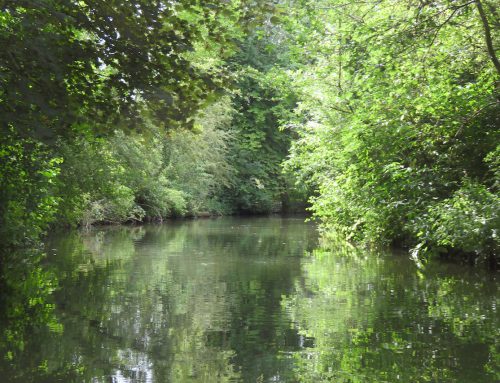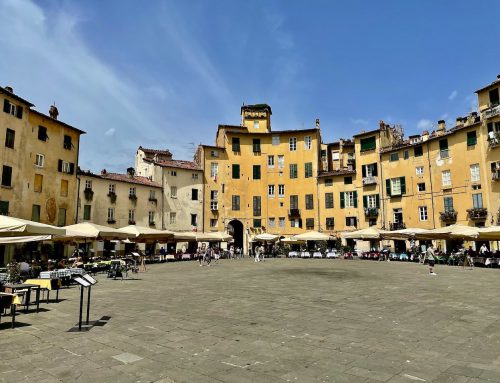Who would wish to be a camel?
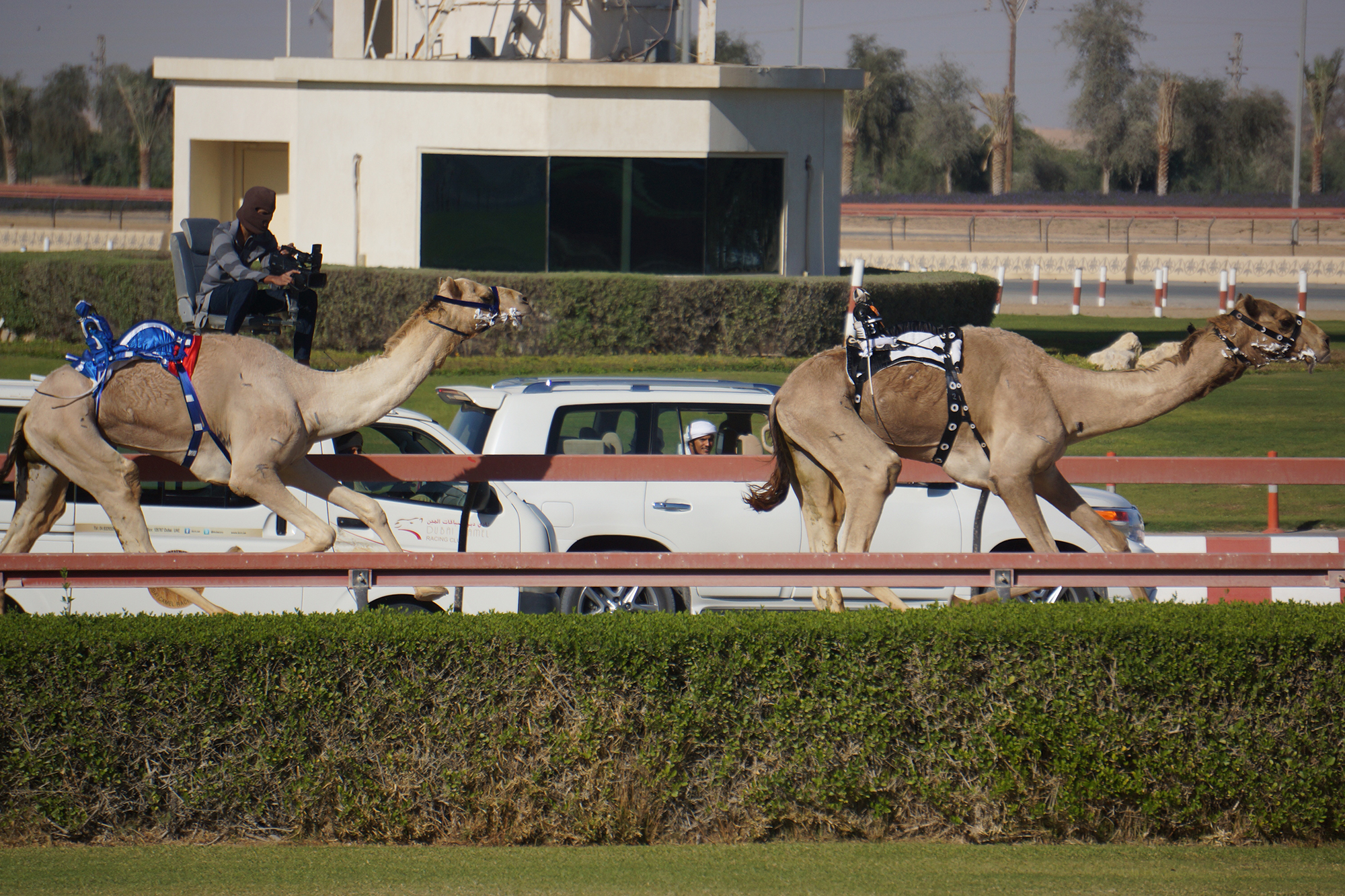
Frothing at the mouth, robot whipping away and owners yelling from a nearby 4x4

Frothing at the mouth, robot whipping away and owners yelling from a nearby 4x4
Dubai, UAE
I ask you. Who would wish to be a camel? Don’t they look so glum? Whether I go near one, and camel proximity is an occupational hazard in Dubai, I frequently sense the poor creature is depressed. Out here you see dozens of the so-called dromedary or Arabian camels. They are the single-humped beasts that look at you through half closed eyes, chewing thoughtfully and being sure you are not misbehaving. They are distinct from Bactrian camels, the two-humped ones from Asia, who seem to handle cold much better than their single-humped friends.
Yet the more I learn about camels, the more impressed I have become. They are not daft, they can be incredibly loyal and they do not need to drink for days. I have no idea how they do it, but stand behind a camel when it is drinking at a desert well and you will hear an almost continuous whooshing sound as water hoses into, rather than out of, its stomach. You can visibly see the sides of the animal swell.
Camels have an affinity, as far as I can see, for anything green. So used are they to wandering the empty desert wastes that the moment they see a bush in the distance, whatever authority the camel rider tries to assert, comes to nought. Off the beast goes, making a beeline for the bush. It appears to do little when it gets there, maybe nibbles the odd leaf, but there is something about finding an isolated piece of vegetation in the desert that attracts all forms of animal life, camels in particular.
And they're off! Four dromedaries head back across the Wahiba
I found this out the hard way some time back when I chose to cross the empty quarter of Oman by camel. These were the Wahiba Sands; real Lawrence of Arabia stuff. Golden sand dunes stretching way into the distance, no life at all visible by day but one of the liveliest places on earth by night. You try it. Tradition dictates that you sleep out at night and tell each other fantastic stories of stars and animals, and of absent friends back home. The stories get crazier, the night gets darker and eventually all present fall asleep. All you have is a groundsheet on which to lie and a blanket around you. But in the morning everything that was taking place while you were asleep is revealed. The normally smooth sand is covered in tiny footprints and, perhaps more worrying, by evidence of slitherers. Slitherers? Snakes, I mean. Sorry, but you get those in the desert, too. The desert is a seriously vibrant place. Just like humans, animals stay away from the sun by being under the sand by day and emerge by night. It is said that more than 90% of desert animal life is under the surface. Now there’s a thought. Do you think that desert wildlife can become deficient in vitamin D, just like the humans in Dubai?
But camels can walk a fearsome distance and the last thing you wish to see is your beast of burden doing a runner so that he is nowhere to be seen by dawn. That is where the camel hobble comes in. Do you know those black ropy things that go around the material Arab men wear over their heads? The material is a keffiyeh or shemagh and the bit of rope is the iqal. Well that bit of rope is a camel hobble and goes round the two front legs of your favoured beast. By tying the legs loosely together a camel cannot go far. Mostly I would find a large animal plonking itself down right beside me at night, barely two centimetres from my head, but the animal would know exactly where I was and took care not to crush me.
Meanwhile camel racing is big business in Dubai. There is a racetrack not far from the centre of town. Yet gone are the days when young boys would act as jockeys. Rumour has it that the injury rate was simply too high. Today a racing camel carries a small robot that is remotely controlled by the camel’s owner as he drives his large 4x4 alongside the race track. The owner encourages his camel with frequent and fierce hoots of his horn, occasional yells and plays with a hidden button somewhere in his car to control a small camel whip. This smacks the animal’s rump when speed becomes essential. Those poor animals. If you want to feel sorry for wildlife, go to a camel race. The animals froth and slobber huge volumes of saliva. They look almost rabid. The beasts are exhausted, so tired in fact your only desire is to offer a camel a hug. Whether they are unhappy is difficult to tell. For that matter, I am unsure how you can tell if a camel is happy. I suppose if I had Bedouin blood then I might be able to explain. To me the beasts look in complete agony and would rather be anywhere other than hurtling round a sandy racetrack, being honked, yelled and hooted at by a human who stands to win a fortune.
There is big money at stake during a camel race. By stake I do not mean bet, as that is against religious practice, but you can still win a fortune. In 2015, during the ten-day Camel Races Festival, up to 15000 camels took part, their owners sharing 80 million dirhams in prize money between them. There were 360 races, with the winners also standing to win roughly 400 cars in all. For sure, camel racing is not for the faint hearted and is truly very big business in the UAE.
But camels are also extremely uncomfortable to ride. I have been there. I was meant to spend a week on the back of a Dromedary but barely made a day. The result was that I parted company with my beast fairly early on in my desert crossing and walked alongside it instead. In fact, the animal proved to be great company. Yes, I have actually talked to plenty of camels and, when I am in my less lucid moments, almost feel as if they have tried to talk back. I am told they like music, too, although that is not something I have put to the test. So who would wish to be a camel? I don’t really know, but I suspect it would not be too bad.
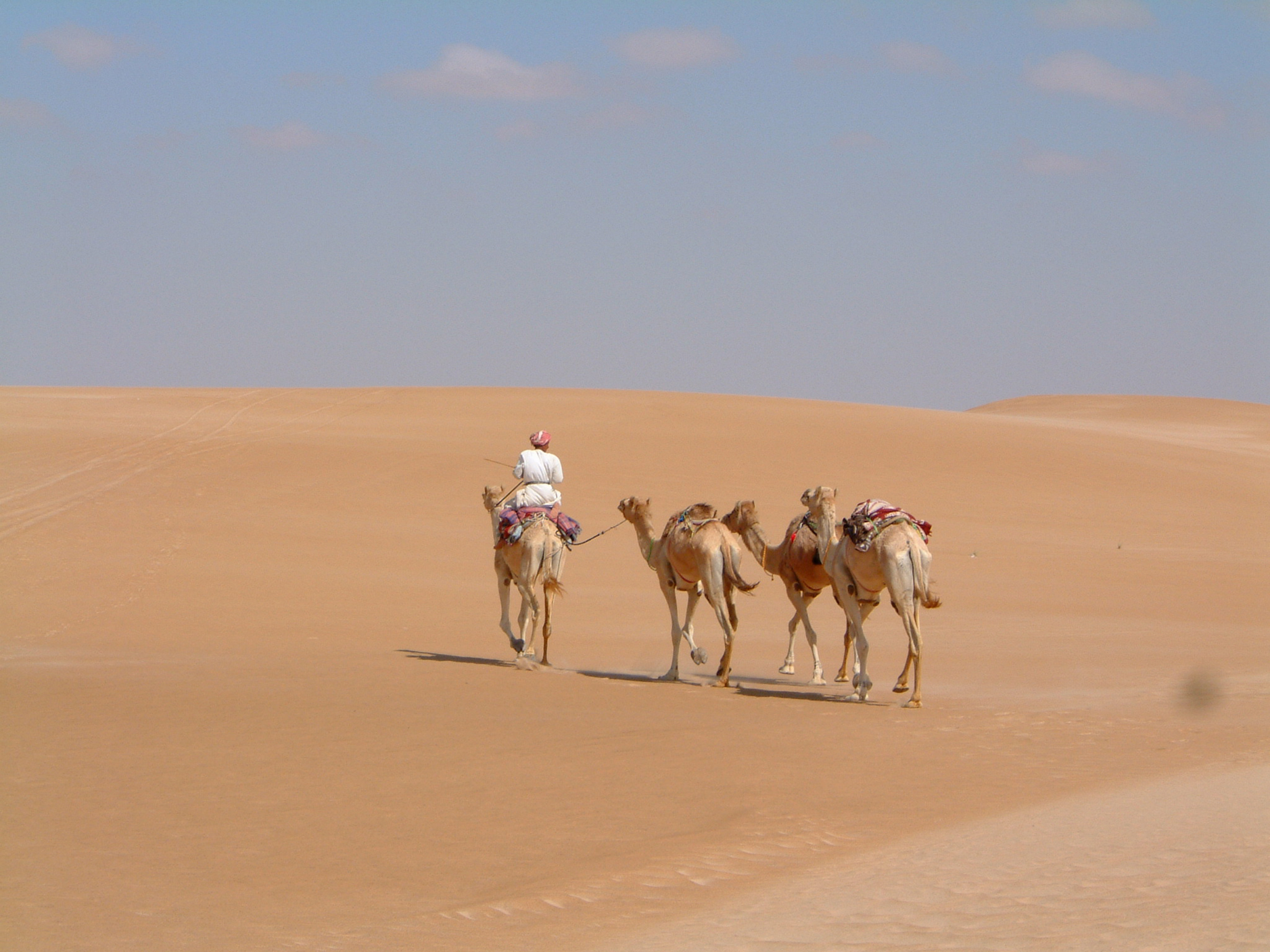
And they're off! Four dromedairies head back across the Wahiba
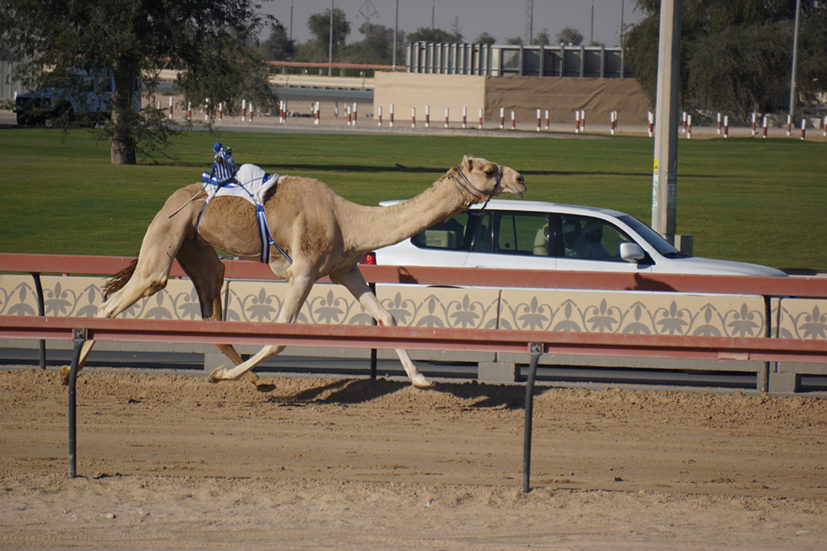
And he's in the lead...


